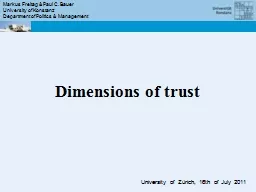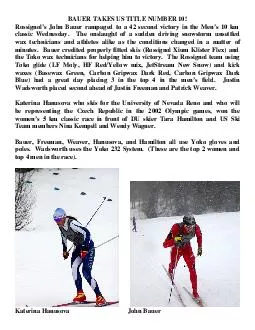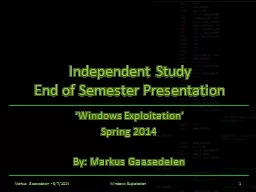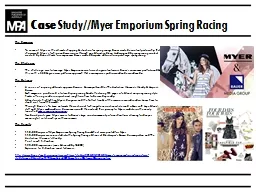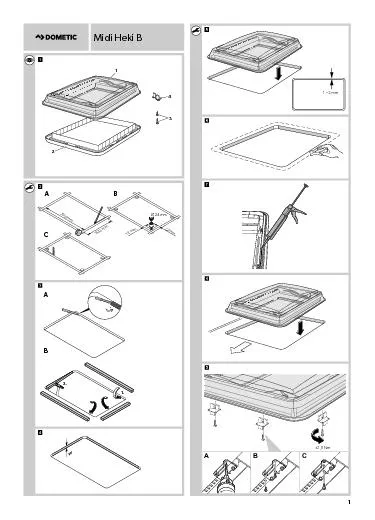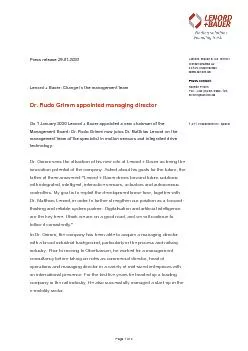PPT-Markus Freitag & Paul C. Bauer
Author : escapistlego | Published Date : 2020-06-23
University of Konstanz Department of Politics amp Management University of Zürich 16th of July 2011 Dimensions of trust Research question and relevance Dimensions
Presentation Embed Code
Download Presentation
Download Presentation The PPT/PDF document "Markus Freitag & Paul C. Bauer" is the property of its rightful owner. Permission is granted to download and print the materials on this website for personal, non-commercial use only, and to display it on your personal computer provided you do not modify the materials and that you retain all copyright notices contained in the materials. By downloading content from our website, you accept the terms of this agreement.
Markus Freitag & Paul C. Bauer: Transcript
Download Rules Of Document
"Markus Freitag & Paul C. Bauer"The content belongs to its owner. You may download and print it for personal use, without modification, and keep all copyright notices. By downloading, you agree to these terms.
Related Documents

